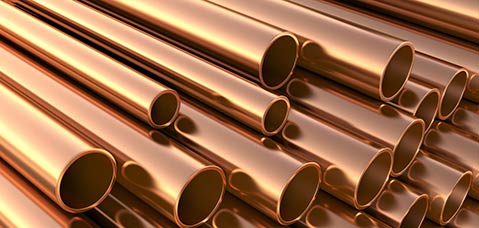Green Your Crib: Water Pipes and the Precautionary Principle

Ever since the 1980s, when many people started experiencing health issues linked to time spent in new buildings, the term “sick building syndrome” was coined. The most prevalent symptoms are irritation of the eyes, nose, throat, and skin; hypersensitivity; headaches, fatigue, and general malaise; and respiratory reactions. The causes are many but often relate to flaws in the heating, ventilation, and air-conditioning systems or from building products that outgas or contain toxins.
Why is there a struggle to find safe products that are conducive to good health? In part, it’s because we do not, unlike the European Union, follow the precautionary principle when new products are developed. In Europe, if an action, product, or policy has a risk of causing harm to health or the environment, the burden of proof of no harm falls on those wanting to take the action or develop the product.
Take water, for example, and the health and safety issues surrounding the different types of potable-water piping materials. Plastic piping falls into three main types: high-density polyethylene (HDPE), cross-linked polyethylene (PEX), and polyvinyl chloride (PVC), all of which, recent studies show, release some volatile organic compounds (VOCs) into the water and show some accumulation of bacteria on the pipe surfaces. Granted, the quantities of both are very small, but do we want any compounds in our drinking water that can be carcinogenic, endocrine disruptive, or neurotoxic? More studies need to be undertaken because the few that have been done are recent, even though plastic piping entered the marketplace in the 1970s. Once again, we consumers are being used as guinea pigs. This is just another reason why I am a proponent of making the precautionary principle statutory in our country.
What about copper piping, the norm before plastic piping became available? Although it has antimicrobial properties and poses no risk of VOCs, it presents its own health problems. It leaches copper into the water, the quantity depending on mineral content, acidity, and temperature of the water and how long it stays in the pipes. Again, the quantities are extremely small, but ingested copper can lead to nausea, gastrointestinal problems, liver damage, and kidney disease.
Unfortunately, we do not have water pipes that are 100 percent safe, but all things considered, copper piping seems the better choice. None of these water-pipe materials are going to kill us. However, our water pipes are one more source of exposure to compounds, albeit minimal, that tax our immune system. This example is merely one among many that conscientious architects and builders wrestle with in the green building movement.



